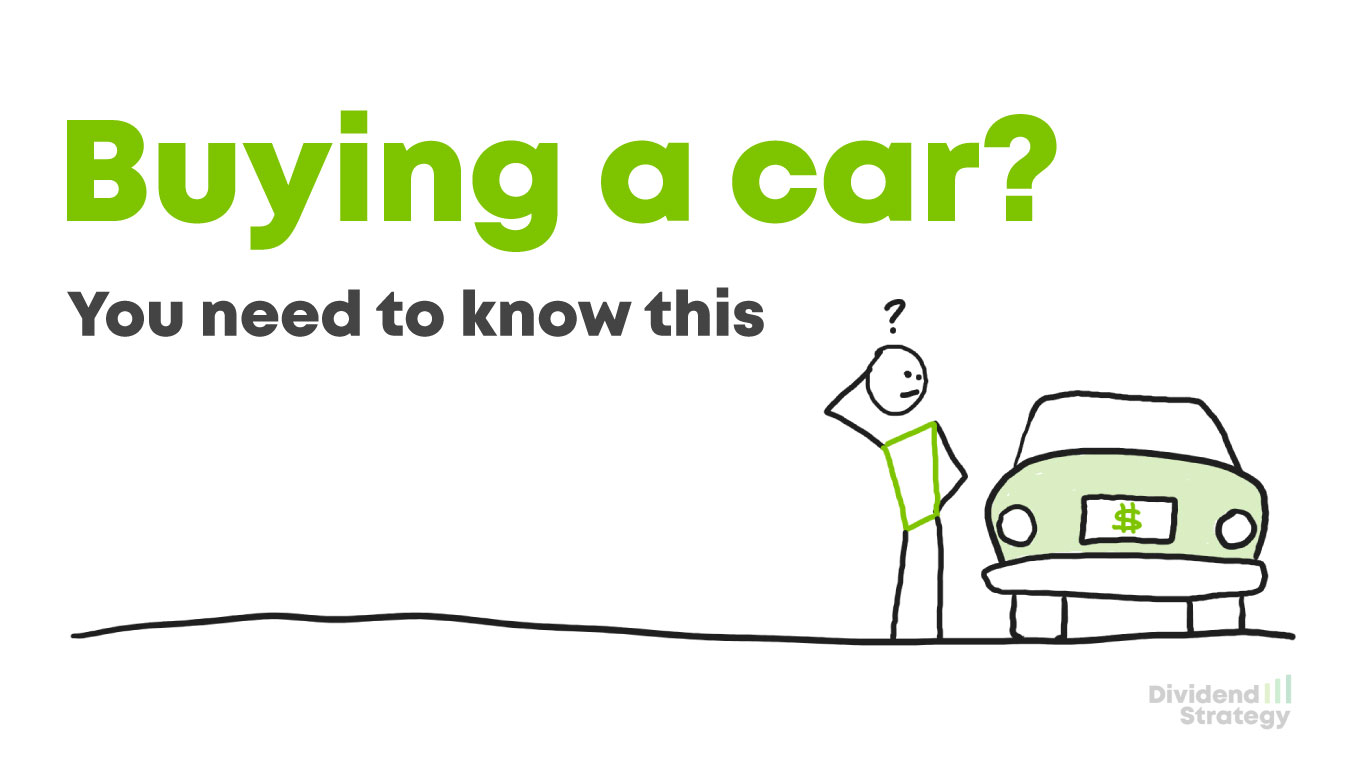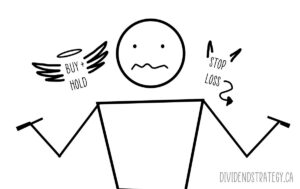Car-buying is a skill you can learn.
Aside from a home, the car you drive might be your biggest expense. So, it pays to develop some car-buying skills.
Of course, there are many more posts that could be written about how to choose a car, mechanical inspections, negotiating tactics, etc. but I wanted to write about some lesser-known financial aspects of the deal.
Having just bought a 2-year-old SUV from a dealership that tried even harder than usual to separate me from my hard-earned dollars, I thought I’d share six tips that might empower you.
1. Don’t overpay
Negotiate hard, but sometimes the car has already been priced aggressively to get you in the door. Because of this, many dealers will try to increase profits by adding admin fees, fuel fees, etc.
Know this: If the dealer is an OMVIC member, they cannot add fees that will make the price higher than advertised. (OMVIC is the regulator in Ontario. Other provinces – I have confirmed Alberta, BC, and Quebec – have equivalent regulations [Note: a previous version of this post stated that Quebec may not have equivalent regulations. Thanks to a reader for informing me that the regulatory body is “Office de la protection du consommateur”)
2. Cash is not king
Expect to pay $1000 – $3000 more if you are paying cash. This is because dealers make money on the financing deals. But you can make this work to your advantage because of #3.
3. Auto loans are 100% open
That means you can pay off the loan at any time. This is a legal right under the Consumer Protection Act but most people have no idea. Large extra payments save you the crushing interest that is, unfortunately, normal for car loans. The dealership I bought from included a line in the contract that the loan couldn’t be paid off before 6 months, so I added up 6 months of payments and made a lump-sum pre-payment for the rest. My total interest costs went from $11k to about $100.
Be aware that doing this will most likely decrease the dealer’s overall profit. You may or may not be comfortable with this. If I was happy with the deal and the openness and professionalism of the interaction, I would have waited until the six months had passed before making the lump sum payment.
4. When to bring in the trade-in
Don’t tell them you have a trade-in until after you negotiate the deal for the new car. Selling your old car is a separate negotiation and you have a lot of leverage to get top dollar, especially when inventories are low.
You can always get more if you sell your current car privately, but it requires a little more work. In the past I’ve opted to sell privately, but this time I traded in because I was able to negotiate a very good price.
Two benefits of trading-in: #1 It saves you sales tax because the value of the trade-in is subtracted from the new car price, and #2 If you’re financing and not paying it all off ASAP, it’ll save you ++ interest.
5. Everything in writing
If it’s not written on the purchase agreement, it didn’t happen. Dealerships get people on this all the time, claiming a “miscommunication”.
Quick tip: When buying a used car (2 – 3 years old is the sweet spot) I like to have a printout of the service schedule with me – first to ensure that proper service has been done and, second, to see if I can get the next service included in the deal.
The vehicle I just bought had a big service coming up in a few thousand km. Only after we’d agreed on a purchase price, I pulled out the service schedule and asked if they’d do that work so that I could have confidence in the vehicle. They wanted to seal the deal, so the salesman said yes. When the business manager drew up the final purchase agreement, he didn’t put it on the contract. When I insisted, they tried to get out of it saying it would be done with the safety, which is not true – a safety has nothing to do with regular maintenance. I stuck to my guns, got it in writing, and saved myself about $500.
6. Relative interest rates matter
You can expect interest rates on used cars to be higher than on new cars. Anticipate at least 9% these days. So, take a few minutes to run the numbers because you need to include the cost of financing in the price. When you do, you might find that the lower interest rate on a new car makes it a better deal than one that is 2 – 3 years old. But this is only true if you don’t plan to pre-pay the loan.
Thank you so much to those of you who have chosen to support me and this blog with your donations. Your generosity has a huge impact on the quality of this site. You can support this site by clicking below or by sending an e-transfer to contact@dividendstrategy.ca. Half of all donations are donated to Doctors Without Borders.





Excellent tips. Asking for service record is great tip. The vehicle i bought was leased by someone at dealership and everything done as scheduled. Plus only one tiny warranty item. Still have this vehicle 12yrs later with no surprise repairs in all those years.
Some people feel like they need to pay more and buy new to avoid the uncertainty of a used car. Getting the service record and even negotiating maintenance service into the deal can address that. Sounds like it worked for you!
Great advice. I’ve read a lot of articles with tips on buying a new or used car and much of what you listed I have never seen written about before. Thanks.
That was the goal. Glad it was helpful. No AI-generated posts here 🙂
Just to confirm. You made 6 monthly payments and made a prepayment for the rest after 6 months.
No, I made an immediate lump sum payment so that 6 more months of payments will have the loan completely paid off. Doing it that way saves the maximum amount of interest while fulfilling my contractual obligation. Make sense?
So the contract allowed prepayments before 6 months elapsed, but prevented the full balance from being extinguished before 6 months passed.
Yes. Interestingly, the business manager at the dealership told me I had to maintain a minimum balance of $10k for the first six months, but this was not on the contract and the financing company confirmed the loan was 100% open. I think he was trying to protect their cut of the interest proceeds. If I’d been happier with the service, I likely would have obliged.
Thank you for the post – very useful information that I have not seen before – particularly points 2 and 3 – and the lump sum payment strategy.
In the past I had used dealfinder.org but alas Bob Prest who ran the site has passed – he consistently got get deals on new cars.
Hi Matt,
Did you weigh the lumpsum payment against the opportunity cost of not investing that money? Just curious what your thoughts are on this.
What interest rates were you given for your purchase? Do you find value (financially speaking) in certified preowned vehicles backed by manufacturer warranty, which are usually more expensive than non-CPO of the same brand or used cars of a different brand?
Great questions, Ken. “Did you weigh the lumpsum payment against the opportunity cost of not investing that money?” – No, because it would be a bad idea to invest money you need within the next 5 years – at least in the stock market. It would be reasonable to consider the opportunity cost of a high-interest savings account but it wouldn’t have changed the conclusion because interest rates on car loans are about 4x higher (mine was 10% even though I have an excellent credit score). Sorry, I don’t have any insight into the CPO vs non-CPO value question.